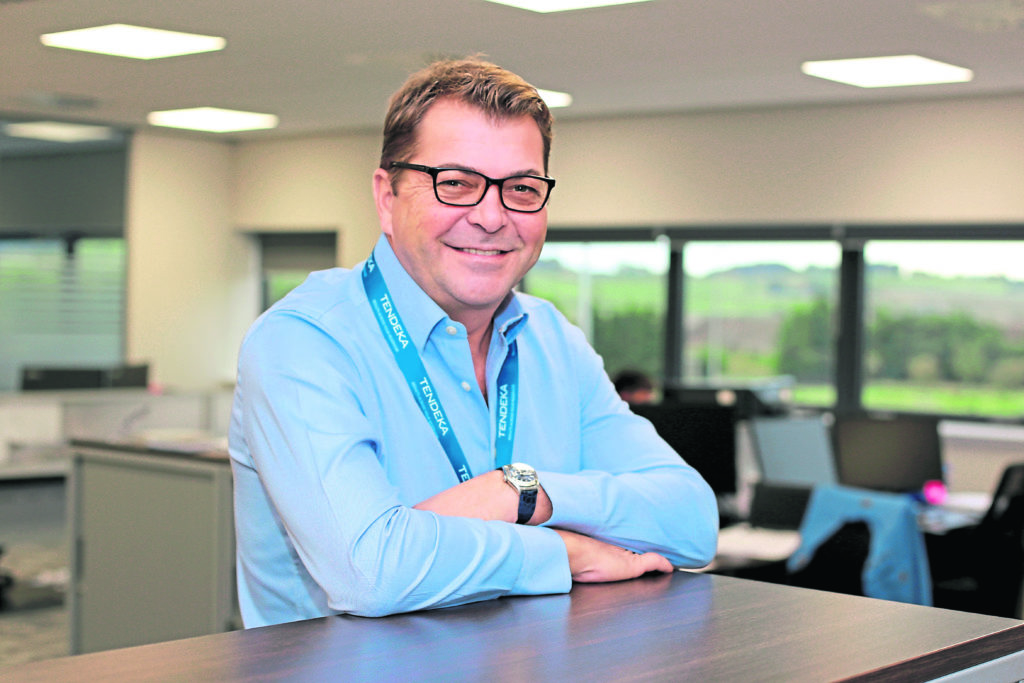
Digital age, artificial intelligence and machine learning are topics that have been discussed at length by the oil and gas industry.
As the car industry brings autonomous vehicles to the roads, our sector is embracing the advances in all aspects of digital, on a premise of the benefits it can bring.
However, I believe that we already have most of what it takes to be called digitalised.
At Tendeka, we have autonomous inflow control devices (AICDs) that adjust themselves based on the dynamic production environment downhole.
We already have technology that successfully conveys the downhole data to surface wirelessly (award-winning PulseEight technology), we have the cloud-based operating environment (DataServer) and we are working on intelligent algorithms for data analysis that will assist engineers in informed and proficient decision-making.
This will inherently result in more effective day-to-day operations, production and, ultimately, better reservoir recovery. From the reservoir to the point of sale, technology that delivers a significant amount of data from key points of the hydrocarbon recovery system is already present.
In fact, there is an enormous amount of data out there already, neatly collected and stored ready to be analysed. The oil and gas industry has always been a data industry.
What seems to be lacking, especially with data from downhole environments where it matters most for efficient recovery, is manipulation and analysis of that information resulting in a clear, bespoke, fit-for-purpose solution. Solutions may take the form of an automated warning, a visualisation of a trend that prompts an action or an instruction to remotely control the tool that regulates the flow or even an innovation of a new tool.
Whatever the solution, these “decision helpers and enablers” should become an integral part of our engineering workflows.
But can we trust the robot? Can we trust an Artificial Intelligence or autonomous tool to decide and/or control processes and equipment?
Can we put our trust in such technology even if it can result in better and optimised performance, when offset against ever-present risk and high “dollar per barrel” operations?
A recent study found pedestrians are not so comfortable when faced with a prospect of crossing the street in front of autonomous cars.
The solution was the installation of LED screens that mimic the human eyes, which establish an “eye contact” as pedestrians cross in front.
The results of repeated study showed greatly improved trust and confidence. We are aware that autonomous vehicles will improve road safety and quality of life, but our acceptance of it still depends on our perception, confidence and risk.
I believe that the oil and gas industry is not so dissimilar.
We need to learn to trust innovative digital solutions and innovative tools to deliver more effective energy recovery from our planet.
Of course, trust is not a given, but with proven data, in-depth understanding and an open mindset to new techniques, our industry should embrace innovation and change.
The benefits will speak for themselves.
Davor Saric, technology director, Tendeka
Recommended for you
